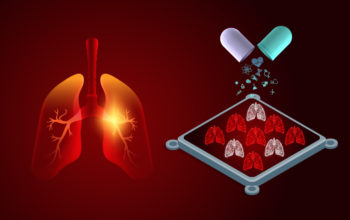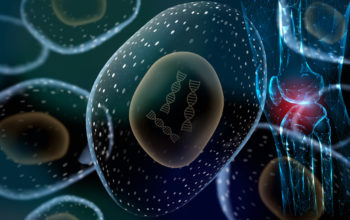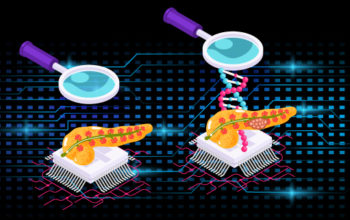
Date: 15th March 2019
Vaccines are powerful tools to limit the spread of infectious diseases and have proved highly effective for vast range of disease, many of which we are vaccinated against as children. However, there are still many devastating diseases that do not have active vaccines (such as malaria), often due to high antigen sequence diversity and/or transient antigen availability making it difficult for the immune system to target.
Researcher from the University of Oxford present in Nature journal a new peptide-peptide ligation approach to help solve the problem. SnoopLigase allows specific and irreversible coupling of antigens onto an oligomerisation platform. The convalent conjugation occurs between two peptide tags; one tag (DogTag) is linked to IMX313 (a nanoparticle which enhances the body’s immune response to an antigen) and the other is linked to a complex protein/synthetic peptide fused to the complementary tag (SnoopTagJr). The authors use malaria antigens for proof-of-concept, coupling two blood-stage malaria proteins with the SnoopTagJr which then efficiently conjugated to IMX-DogTag, when trialed in mice both showed an enhanced antibody response.
This platform offers the promise of an accessible strategy for a modular plug-and-display vaccine assembly. Whether it is the development of vaccines or cancer immunotherapies the stability of the system allows robust storage and the level of scalability required for a successful clinical application is achievable. It is hoped that the platform can translate into efficient human vaccines for those diseases which safe, viable vaccines have yet to be developed. Broader applications for the synthetic biologist lies within the peptide-peptide coupling to nanoparticles, perhaps providing new approaches to engineering catalytic nano-compartments.
Andersson, A.-M. C., C. M. Buldun, D. J. Pattinson, S. J. Draper and M. Howarth (2019). “SnoopLigase peptide-peptide conjugation enables modular vaccine assembly.” Scientific Reports 9(1): 4625.
https://doi.org/10.1038/s41598-019-40985-w


